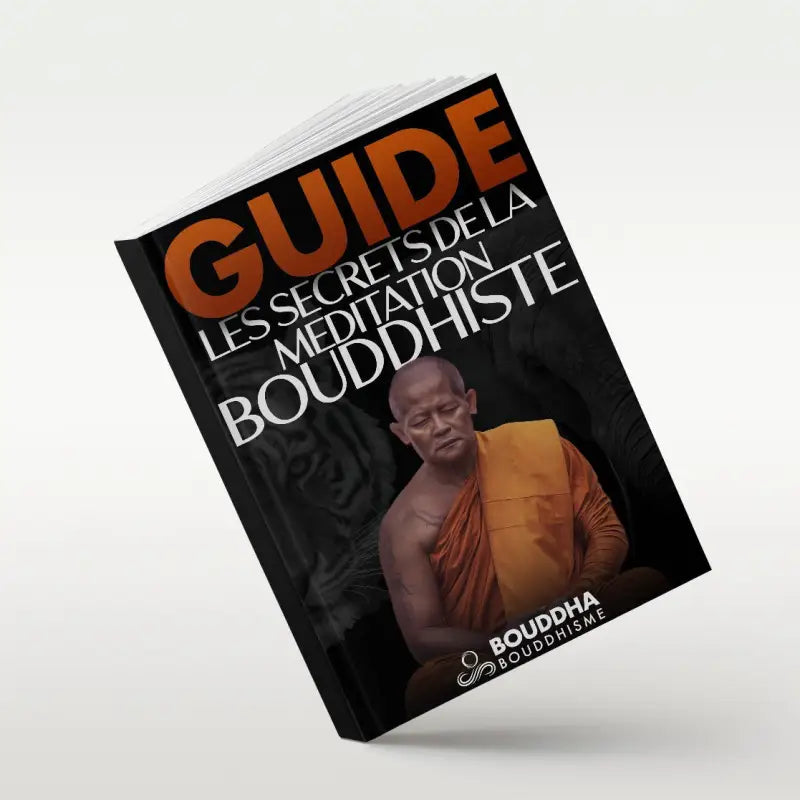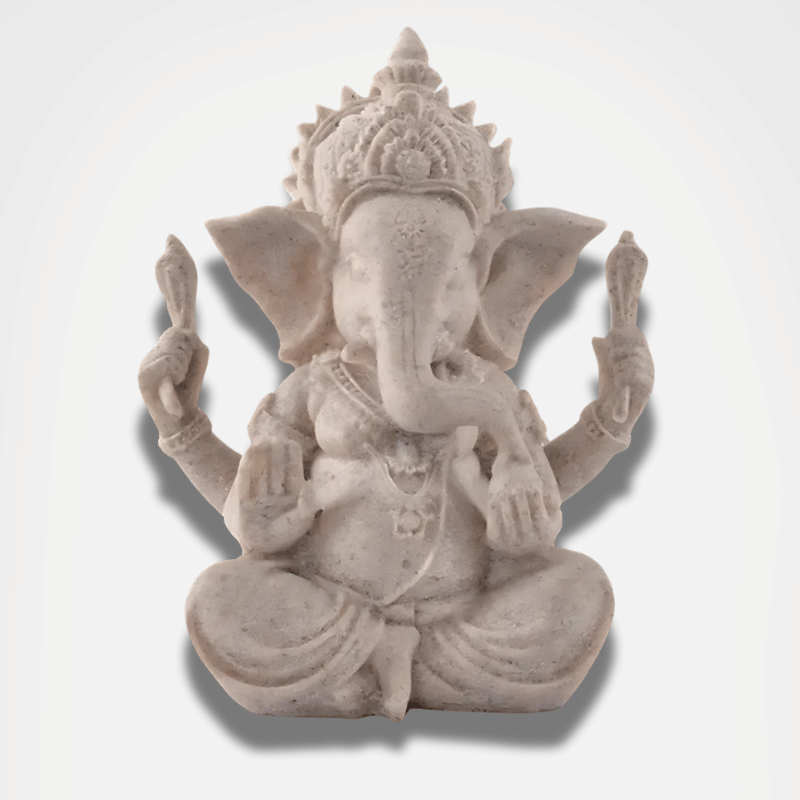Names given to practitioners of Buddhism
Buddhism and its followers
Buddhism is an ancient religion that has its origins in India more than 2,500 years ago. Today he has millions of followers around the world. People who practice Buddhism are called in different ways, depending on their commitment and role within the Buddhist community.
Practitioners of Buddhism are often called "Buddhists". However, this term can be used generally to refer to anyone who follows the teaching of Buddha. There are also more specific terms for different levels of engagement and practice in Buddhism.
The novices
Novices are people who have chosen to follow the teachings of Buddha, but who have not yet taken monastic vows. They can be of any age and social status. Novices often wear light-colored robes and may live in temples or in the community.
Novices undergo spiritual training and practice meditation and the study of Buddhist teachings. They may choose to remain novices for a period of time or become full-fledged monks or nuns.
Novices play a vital role in the Buddhist community by helping to support temples and providing spiritual assistance to worshipers. They are respected for their commitment and dedication to the practice of Buddhism.
Monks and nuns
Monks and nuns are the most devoted members of the Buddhist community. They took monastic vows and chose to devote their lives to the practice of Buddhism.
Monks and nuns generally live in monasteries or hermitages, where they devote themselves to meditation, the study of sacred texts and the teaching of Buddhist teachings. They wear saffron or burgundy colored dresses and follow a strict diet.
Monks and nuns are considered models of spiritual practice in the Buddhist community. They offer teachings, advice and blessings to the faithful, as well as material and spiritual support to novices and lay people.
Lay practitioners
In addition to novices, monks and nuns, there is also a large community of lay Buddhist practitioners. Lay practitioners are people who follow Buddhist teachings while living a secular life.
This means they can be married, have a family, a job, and lead a normal life outside the temple. Lay practitioners can attend religious services, practice meditation, and study Buddhist teachings.
Volunteers and benefactors
In the Buddhist community, there are also volunteers and benefactors. Volunteers assist with religious events, ceremonies, and daily tasks at the temple. They support the community financially and actively participate in its functioning.
Benefactors, for their part, are people who offer material or financial donations to the temple or the Buddhist community. Their contributions help maintain and develop temples, support monks and nuns, and fund various religious and humanitarian projects.
Volunteers and benefactors are extremely appreciated in the Buddhist community. Their support plays a crucial role in the maintenance and propagation of Buddhism.
Conclusion
In conclusion, people who practice Buddhism are called in different ways depending on their commitment and role. Novices are people who have chosen to follow the teachings of the Buddha, while monks and nuns are the most devoted members of the Buddhist community.
Lay practitioners are those who follow Buddhist teachings while leading a secular life. Finally, volunteers and benefactors play an essential role in financially and materially supporting the Buddhist community.
Together, all these followers of Buddhism contribute to maintaining and propagating this ancient religion and sharing its teachings with the world.












































